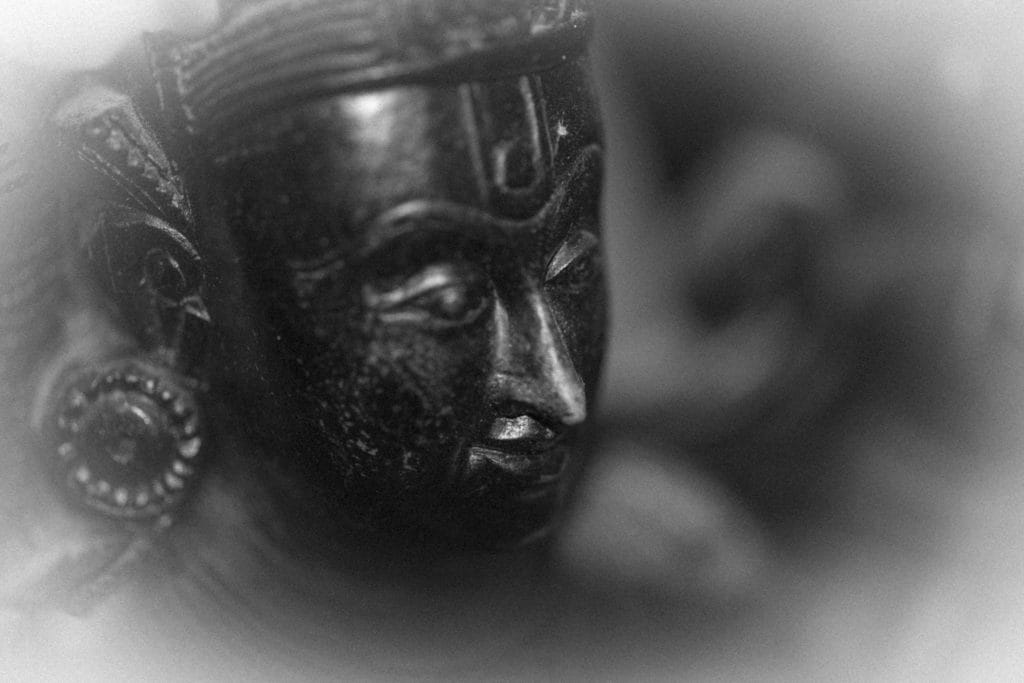The selection of specific words at crucial moments to link mind and body is implicit in the Iyengar method in a way that is unique to this style of practice for two reasons. First, because Iyengar Yoga uses the asanas as a vehicle of exploration of the mind it has devised a set of phrases and descriptive terms (because everyday language does not adequately meet the task) to sequence and engage the experience (‘draw up’, ‘lengthen, etc’). Secondly, as asana is an experience in the moment (a philosophy in action) language is also used in a qualitative way (terms such as ‘hit’, ‘cut’, ‘squeeze’, etc). Thus yoga is not only about what you do, but…. “how you do what you do”, and its language is the medium by which this is transmitted from teacher to student.
I would like to identify four uses of language in the yoga room.
- Descriptive language
Descriptive language is used for technical aspects of the asana. This often requires the use of anatomical language (eg. femur, iliac) but as an asana becomes more refined and subtle parts of the body require a greater degree of nomenclature. Hence, for example, big toe mound, armpit chest, inner chip of the knee. Anatomical language developed out of a need for finer detail when dealing with the body. In medicine, as discoveries were made and the science of medicine developed, a common language was needed so that doctors could record information and share these advances between one another in an understandable way. Likewise, in the yoga room a language has evolved either to meet the need to describe areas of the body that don’t have distinct references in terms of traditional anatomical language, or to utilize when these anatomical terms are too cumbersome or technical. The tension between medical (anatomical) language and common terms requires the teacher to inform and educate the student about both a higher level of understanding of the body, and also of a ‘common language’ that is unknown outside the Iyengar community. We ‘tuck the buttock’, ‘roll the shoulder blades down the back’, ‘press the outer heel down’. These terms mean nothing outside the yoga room and are in themselves only understandable through demonstration, repetition and perception of the experience. Thus the words become an experience in each student’s body – the words become real through action.

